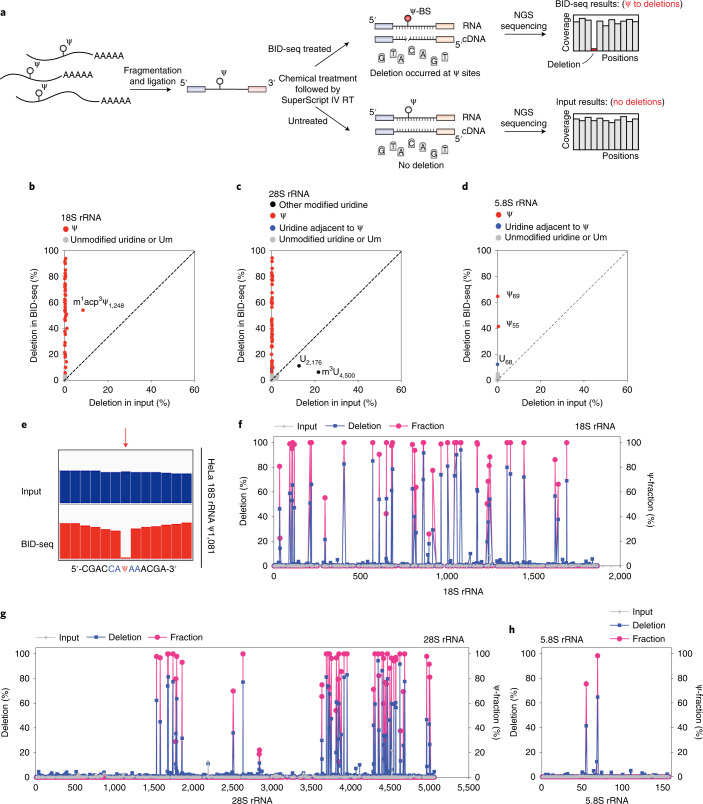Fig. 2. BID-seq detects known Ψ sites in human ribosomal RNA with modification stoichiometry.
a, Flowchart of library construction pipeline for BID-seq, revealing Ψ modification fraction by deletion ratio signature. b, Two-dimensional (2D) plot for deletion ratios of known Ψ sites in HeLa 18S ribosomal RNA, in BID-seq treated library versus input. c, 2D plot for deletion ratios of known Ψ sites in HeLa 28S ribosomal RNA, in BID-seq treated library versus input. d, 2D plot for deletion ratios of known Ψ sites in HeLa 5.8S ribosomal RNA, in BID-seq treated library versus input. e, An example IGV plot of the highly modified Ψ site at position 1,081 of HeLa 18S ribosomal RNA, within a CAΨAA motif. f–h, Deletion and Ψ fraction detected by BID-seq in HeLa 18S rRNA (f), 28S rRNA (g), and 5.8S rRNA (h), respectively. After BS treatment in BID-seq, the deletion rates and Ψ fractions are marked in blue and pink, respectively.

